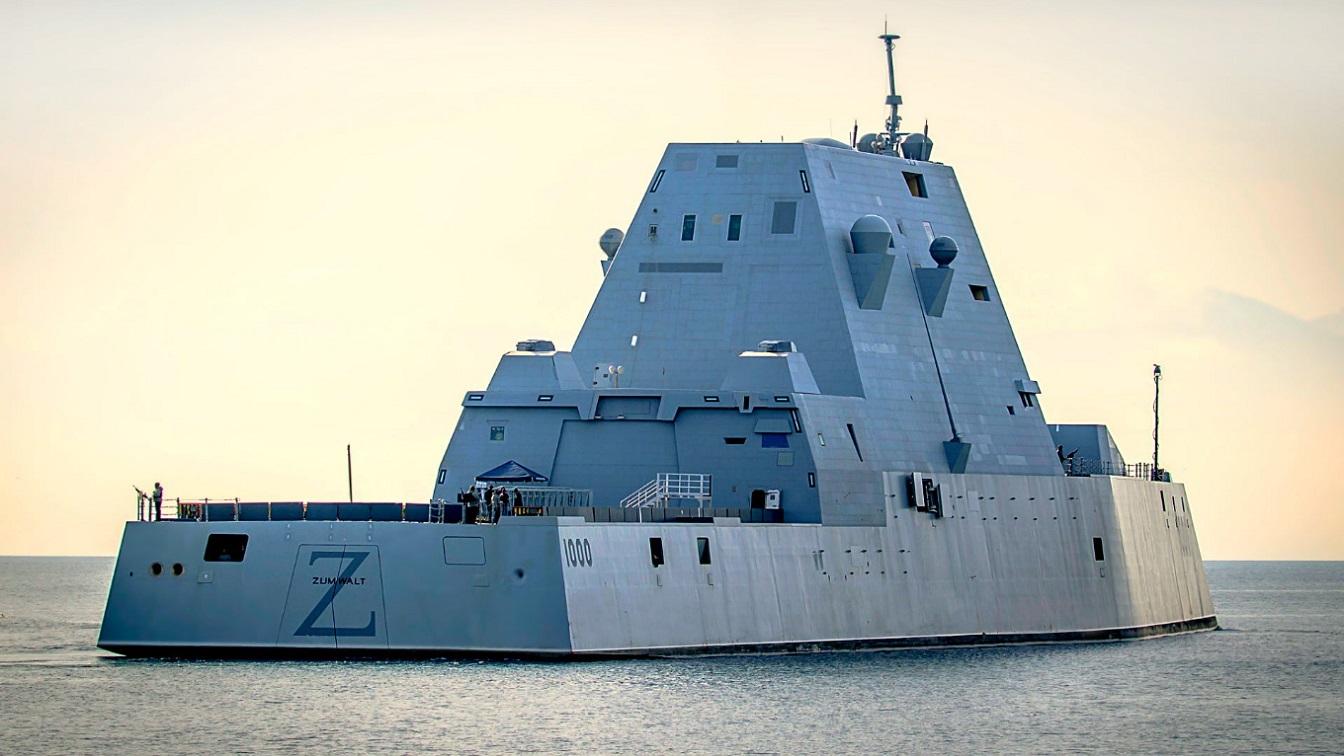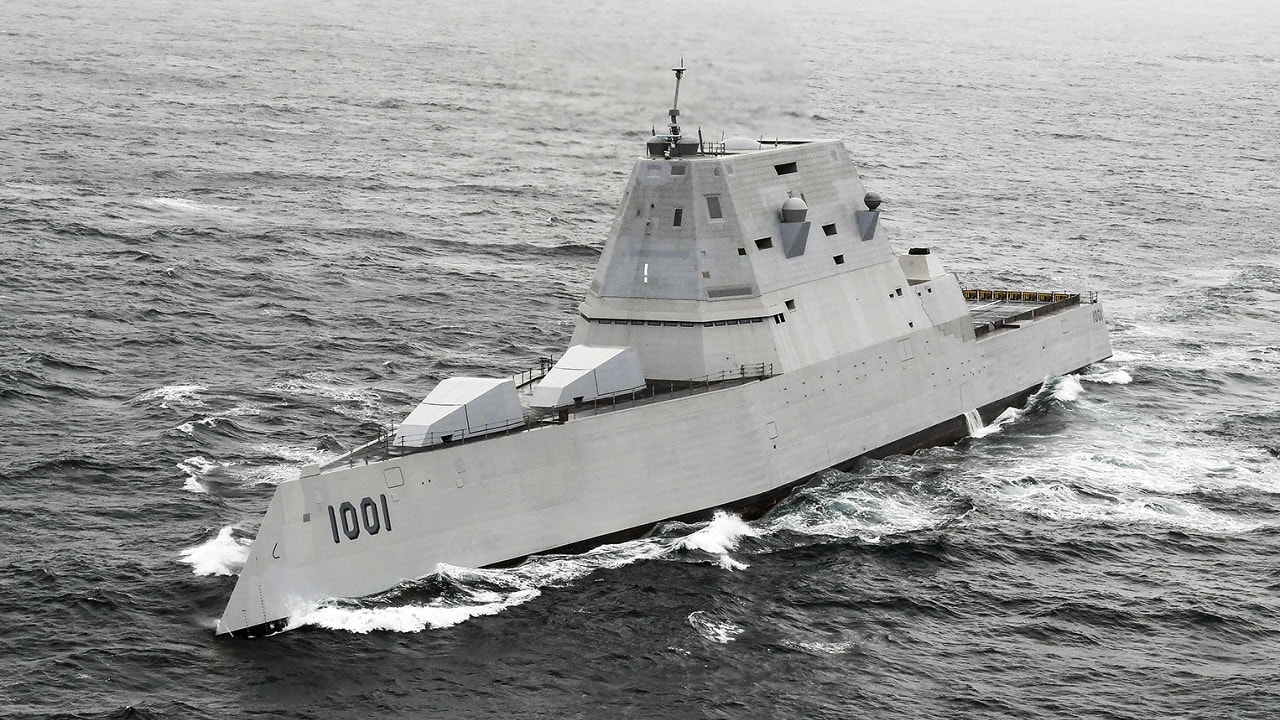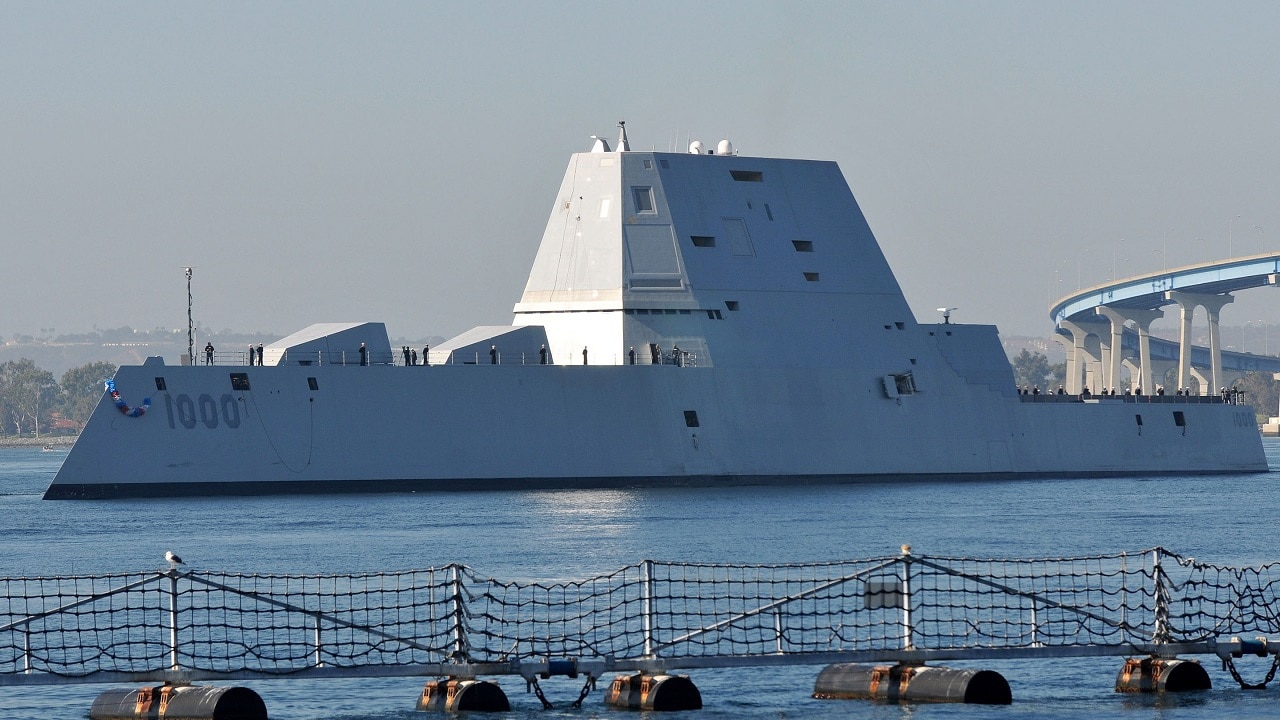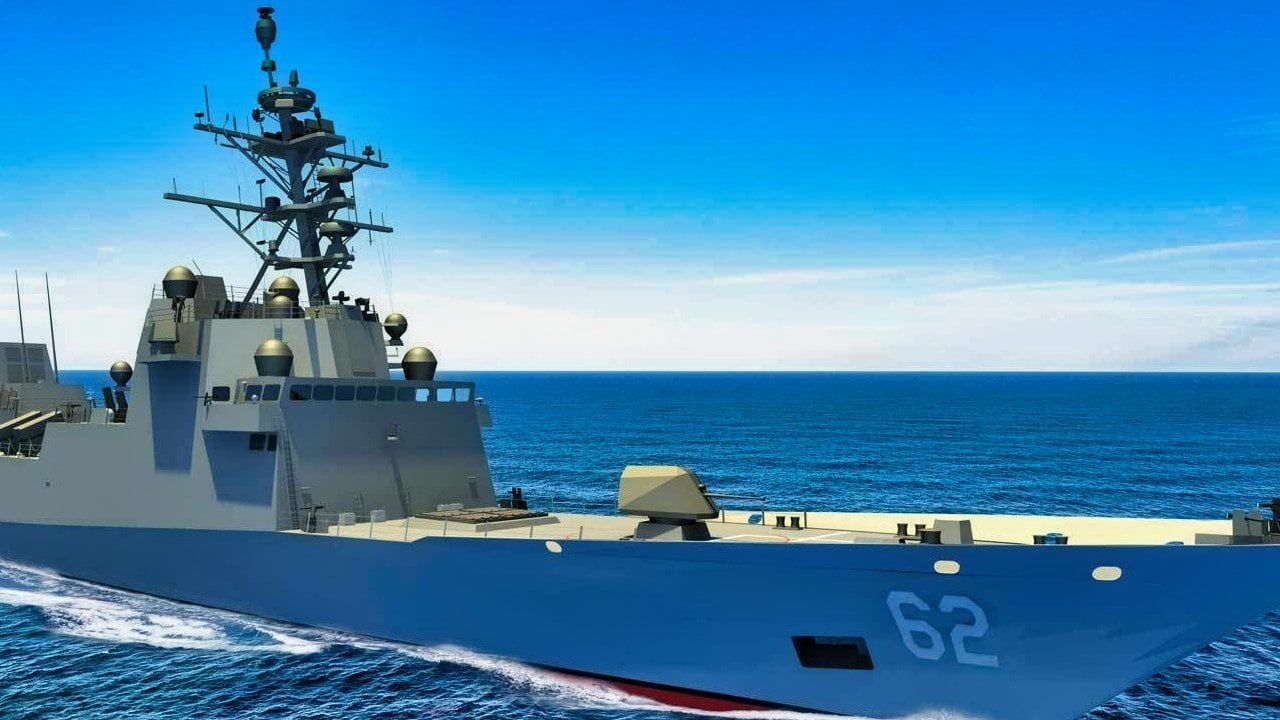Physical construction began on the United States Navy USS Constellation in the middle of 2022. After over two and a half years, the ship is only 10 percent complete, according to a person familiar with the timeline.
At this pace, including the two years of design development before the building began, the ship will only be complete after nine years.
This span is twice the number of years that it would take an Italian shipyard to build the naval vessel.
The US Navy and the ship’s designers based the design of the Constellation on Italy’s Fincantieri.
The Constellation is the first of what is supposed to be a line of 20 ships.
However, even though it is being built to the original Italian design specifications, the Constellation is now projected to exceed the budgeted initial cost estimate of $1.3 billion.
Constellation was expected to be ready for commissioning in 2026. The Navy set a short timeframe for the ship’s launch because it chose a proven design, which was supposed to accelerate the production cycle.
Construction of the Constellation has presented production cycle headaches due to an extended construction time of twice the expected time to complete the Constellation, cost overruns of nearly 50 percent, problems with rising steel costs, and numerous other factors.
Shipyard Blues and USS Constellation
As the Wall Street Journal explains, these slow production runs and extra costs help explain why almost nobody wants to buy new American warships. US fighter jets, battlefield precision strike systems like HIMARS, the Javelin ATGM, and countless other weaponry remain popular with foreign nations. But mention US military shipyards and potential customers shy away.
Why the nation that has been known for having the world’s most powerful Navy for almost 100 years has so many problems with its shipyard capacity and its customer base was explained in an article from last year from the US Naval Institute:
“The United States once considered its merchant fleet and shipyards as strategic capability, and ships and shipyards were subsidized by taxpayers. Unfortunately, subsidies were eliminated in the 1980s, and the US contribution to global output shrank from 0.50 percent to about 0.05 percent.
“On a labor and construction cost basis, US shipyards cannot compete with foreign yards,” the article explained. “Without a steady supply of contracts, they cannot maintain the industrial infrastructure or employ skilled workers.
“Most US naval warships have only one builder, heavily specialized for the specific ship type,” explained the article.
“To keep costs down, Congress ensures a predictable and stable flow of contracts, which is more affordable for the taxpayer, and provides the builder with stable flow of funds to keep their workforce stable.
“However, because of this specialization, there is no efficient way to surge or delay production. The shipyards and suppliers do not have alternate customers to take up the slack if the government interrupts a contract,” the article states. “If the government asks a builder to speed up, there is no ready pool of skill workers or equipment on standby. If the US government cannot provide the naval contracts to support the shipyard and its workers, it will need to subsidize the yards to build other commercial ships.”
Better v. Good Enough
One of the famous sayings that weapon system designers in the Soviet Union used to live and die by was that “better is the enemy of good enough.”
Unfortunately for the US Navy, this is the first principle that the engineering team for the Constellation seemed to have forgotten.
The trouble started when the Navy began making change after change to the original Italian design. According to the WSJ article, the hull was extended by 24 feet to make space for larger generators and reconfigured due to the original design being optimized for the “relatively benign conditions in the Mediterranean. Then the propeller was changed for better acoustic performance, among other time-consuming adjustments.”
As the article points out, “like almost all other US naval vessels, the Constellation is already years behind schedule and millions over budget.”
And this, as the WSJ piece asserts at the very beginning, is how and why the US Navy continues to fall behind China in the construction of new ships.
A retired Navy colleague who spoke to me on this subject pointed out that this Constellation class is only one of several shipbuilding programs that have been over-priced or dismally managed or were just plain failures, but that “no one it appears is ever sanctioned or fired for these failures.”
“How many of these same individuals will be promoted and brought into the new Presidential Office of Shipbuilding?” he asks. “And how many people who have called for growing our Navy for decades will be ignored or kept away from this new office? “
Navy Warships: A Photo Essay

Zumwalt-Class, the largest destroyer on Earth today.

Zumwalt-Class. Image Credit: Creative Commons.

210421-N-FC670-1062 PACIFIC OCEAN (April 21, 2021) Zumwalt-class guided-missile destroyer USS Michael Monsoor (DDG 1001) participates in U.S. Pacific Fleet’s Unmanned Systems Integrated Battle Problem (UxS IBP) 21, April 21. UxS IBP 21 integrates manned and unmanned capabilities into challenging operational scenarios to generate warfighting advantages. (U.S. Navy photo by Chief Mass Communication Specialist Shannon Renfroe)

SAN DIEGO (Dec. 8, 2016) The guided-missile destroyer USS Zumwalt (DDG 1000) arrives at its new homeport in San Diego. Zumwalt, the Navy’s most technologically advanced surface ship, will now begin installation of combat systems, testing and evaluation and operation integration with the fleet. (U.S. Navy photo by Petty Officer 3rd Class Emiline L. M. Senn/Released)

161208-N-ZF498-130 .SAN DIEGO (Dec. 8, 2016) The U.S. Navy’s newest warship, USS Zumwalt (DDG 1000) passes Coronado bridge on its way to Naval Base San Diego. Zumwalt is the lead ship of a class of next-generation multi-mission destroyers, now homeported in San Diego. (U.S. Navy photo by Petty Officer 3rd Class Anthony N. Hilkowski/Released)
About the Author: Reuben F. Johnson
Reuben F. Johnson is a survivor of the February 2022 Russian invasion of Ukraine and is now an Expert on Foreign Military Affairs with the Fundacja im. Kazimierza Pułaskiego in Warsaw. He has been a consultant to the Pentagon, several NATO governments and the Australian government in the fields of defense technology and weapon systems design. Over the past 30 years he has resided in and reported from Russia, Ukraine, Poland, Brazil, the People’s Republic of China and Australia.

